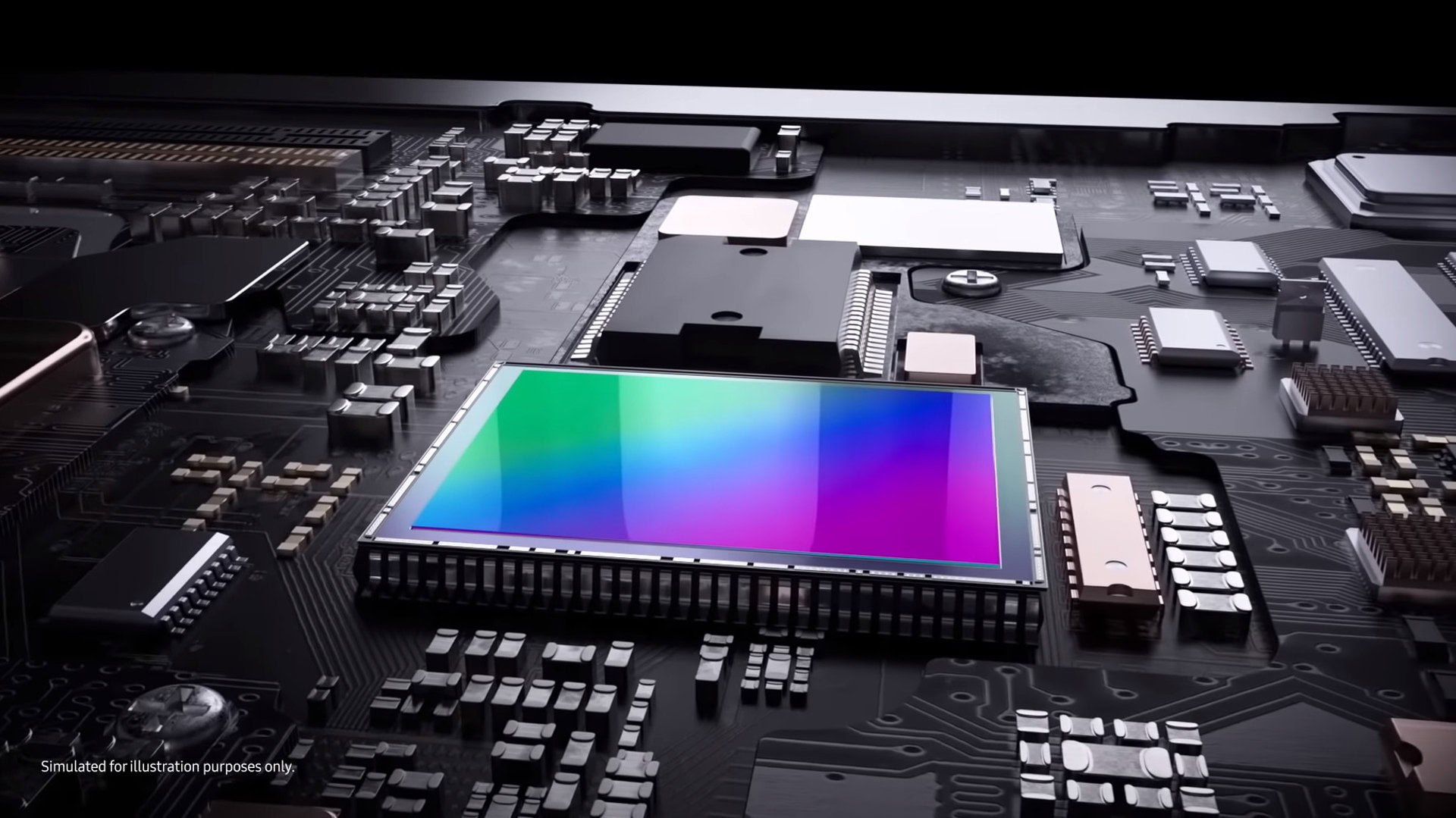Affiliate links on Android Authority may earn us a commission. Learn more.
Samsung Isocell GN2 announced: Is this what the Pixel 6 should be using?
- Samsung has announced the 50MP Isocell GN2 camera sensor.
- It offers bigger pixels and a larger sensor size than its predecessor.
- The new sensor is currently in mass production.
Samsung announced the 50MP Isocell GN1 last year, making for a departure from its 108MP sensors. The GN1’s lower resolution was off-set by its much bigger pixels, enabling significant improvements for low-light capture on paper.
Now, Samsung has announced a successor to the Isocell GN1, called the Isocell GN2. This is a 50MP sensor as well, but it offers a larger sensor size (1/1.12-inch) and bigger pixels (1.4 microns) than its predecessor. The pixel size in particular is notable, as this is the same size as the IMX363 sensor used in most of Google’s Pixel phones.
A larger pixel size results in better image quality when the sun goes down, so we look forward to seeing standard pictures from the new sensor. In any event, the Isocell GN2 is also capable of using four-in-one pixel-binning to deliver pictures roughly comparable to a 12.5MP 2.8 micron pixel camera.
The improvements don’t end here either, as Samsung says the Isocell GN2 is its first sensor to offer Dual Pixel Pro tech. This is an upgraded version of phase detection autofocus, which sees two photodiodes within each pixel being used for faster autofocus. But the upgraded tech also enables “all-direction focusing” due to the fact that pixels can be split both vertically or diagonally. Samsung claims that the diagonal approach enables the “focusing agents” to better recognize the top and bottom of a frame.
| Samsung Isocell GN2 | Samsung Isocell GN1 | Samsung Isocell Bright HM3 | |
|---|---|---|---|
Resolution | Samsung Isocell GN2 50MP | Samsung Isocell GN1 50MP | Samsung Isocell Bright HM3 108MP |
Sensor size | Samsung Isocell GN2 1/1.12-inch | Samsung Isocell GN1 1/1.31-inch | Samsung Isocell Bright HM3 1/1.33-inch |
Pixel size | Samsung Isocell GN2 1.4 microns | Samsung Isocell GN1 1.2 microns | Samsung Isocell Bright HM3 0.8 microns |
Pixel-binning | Samsung Isocell GN2 12.5MP 2.8 microns (four-in-one binning) | Samsung Isocell GN1 12.5MP 2.4 microns (four-in-one binning) | Samsung Isocell Bright HM3 12MP 2.4 microns (nona-binning) |
Video | Samsung Isocell GN2 8K/24fps 4K/120fps FHD/480fps | Samsung Isocell GN1 8K/30fps 4K/120fps FHD/400fps | Samsung Isocell Bright HM3 8K/30fps 4K/120fps FHD/240fps |
Samsung’s latest 50MP camera sensor also brings staggered HDR functionality, which was missing from the Isocell GN1. This sounds similar to traditional HDR tech, as the sensor captures short, medium, and long exposures. But it’s claimed that this approach offers 24% lower power consumption compared to real-time HDR seen on the previous sensor.
The earlier sensor and the new sensor both feature Smart ISO tech, which intelligently chooses the best ISO for a scene. But the Samsung Isocell GN2 also brings Smart ISO Pro functionality, so how does this differ?
“Unlike Smart ISO, which uses readouts from a single ISO per picture, Smart ISO Pro, which uses an intra-scene dual conversion gain (iDCG) solution, takes readouts from both high and low ISO to instantly create high dynamic range images with less motion-artifacts,” Samsung explained in an email press release. It adds that Smart ISO Pro also allows for the capture and processing of multiple frames in high ISO, bringing it to almost one million ISO for extremely dark scenes.
Much like the previous sensor, the Isocell GN2 is also capable of churning out 100MP images via its 50MP sensor. This is accomplished by creating “three individual layers of 50MP frames in green, red, and blue” and then using a remosaic algorithm to produce a 100MP photo. We’re guessing that a 108MP sensor might be better at actual 100MP+ images.
How important is the camera to you when buying a new phone?
Samsung’s new 50MP sensor also delivers in the video arena, capturing 4K/120fps slow-motion or 480fps video at FHD. You’re also getting 8K/24fps recording, which seems like a mild downgrade on paper over the GN1’s 8K/30fps capabilities.
The Isocell GN2 is currently in mass production, which suggests we’ll see it sooner rather than later. For what it’s worth, vivo was the only brand to use the Isocell GN1 in its phones. But tipster Ice Universe reckons that the new sensor will land in the Mi 11 Ultra. Xiaomi previously used an Omnivision 48MP sensor in the Mi 10 Ultra and Omnivision recently launched its own 50MP sensor. So we’ll need to wait and see to find out whether the new Xiaomi phone has Samsung’s sensor.
